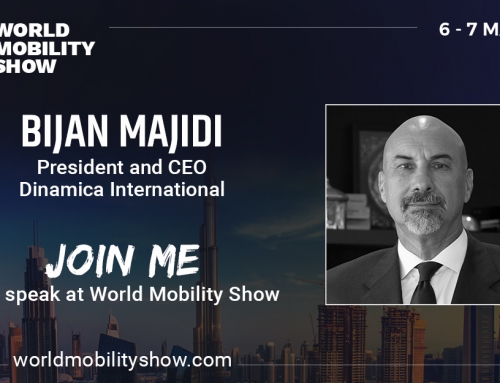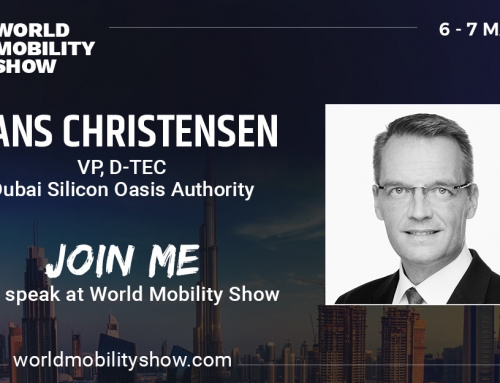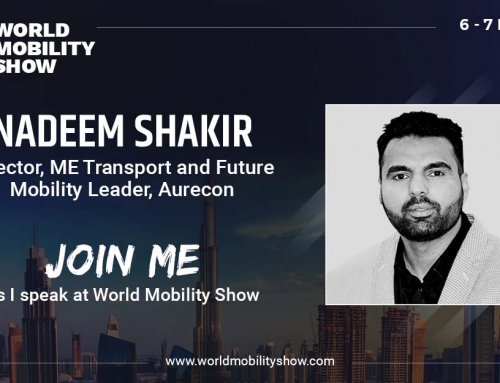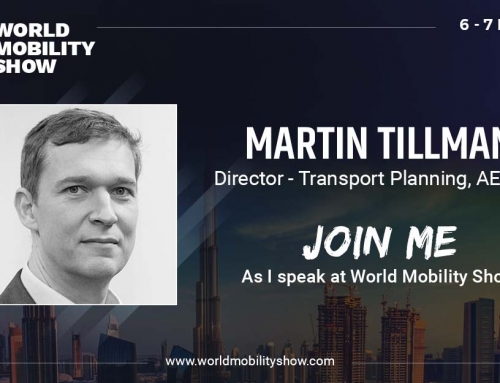“Mark my words. A combination of airplane and motorcar is coming. You may smile. But it will come.”
-Henry Ford, 1940
The US$1.99 Trillion mobility industry is fast developing to alter the way that people commute in the 21st century. In addition to providing cost-effective mobility options, a cooperative and collaborative transportation system is slowly but steadily falling into place, the major factor being the Internet of Things. With 55.1% of the world population being ardent internet users, connecting the internet to future mobility options will be a viable alternative to acquiring solutions to growing transportation demands.
IoT is a key solution to introduce a more efficient and conducive future for several domains, mobility being an essential one. IoT’s utilisation for this industry is abound, for example, say an ambulance is stuck in traffic while carrying a patient who needs immediate help. In traditional scenarios, the ambulance will have to wait to reach the hospital to provide the doctors with the necessary information about the patient’s condition. Now with the help of IoT, if the ambulance is connected to a system at the hospital, the patient’s live data along with his medical history will be available to the doctors’ before-hand, enabling them to make the required preparations. Thus, IoT will help curve an application to an active service at our disposal.
How will IoT change mobility?
With an increase in population, money, time and space constraints in mobility have become a bickering issue. However, systems fuelled by IoT to control route management and autonomous vehicle driving are making travel interoperability possible by combining technology, software and real-time experiences to overcome these problems. IoT is thus, building a fluid and hassle-free mobility system in the following ways:
[Meet Chris Ballinger, CEO – MOBI at World Mobility Show taking place on March 2019 in Dubai to discuss IoT and future of mobility]
Increased personalised driving and driver experience
With the use of IoT, vehicle pooling companies such as Uber and Ola will be able to keep a track of the rider and driver involvement during the course of travel. By noting customer preferences such as the speed they usually want to travel in or the usual route they desire to take, these companies can provide a tailor-made experience for their customers.
Autonomous driving vehicles
94% of total car crashes around the world are caused by human error. By using voice or touch-responsive systems, cars could be instructed to carry out commands effectively and spontaneously, ensuring a safe travel. With the advent of such a process, mobility for the elderly and the disabled will become a frictionless procedure.
Data acquisition
By using IoT connected vehicles, large amounts of data in the form of videos, audios, texts, and sensor data, is set to be generated that will help companies understand both rider and driver behaviour. The companies will thus, be able to note customer preferences in order to optimise their travel experience. As per a report by Business Insider, by 2020, connected cars will generate 350 MB of data every minute that they are operating. Thus, business opportunities to analyse this information is in abundance for both government and private players.
Vehicle to vehicle connectivity (V2V)
By 2023, all cars are expected to have V2V technology that will transmit speed and position data to other surrounding vehicles on the road, thus preventing accidents. The Vehicle to Everything (V2X) technology is also following suit and will transmit messages to any potential entity that might affect the vehicle. Moving forward to a world of fully autonomous driving, scientists are also developing the Brain to Vehicle (B2V) system that will make use of brain signals to control the vehicle; all of which that are incited by IoT.
AI Interface
Combining AI and IoT with mobility will open a new door for innovations in this sector. With an increase in the use of sensors and other data collecting devices in vehicles, major enhancements in automobile infrastructure are set to come. As of now, some automobiles are already making use of Level 3 AI for autonomous driving while research is going on to install Level 5 AI in vehicles.
The potential that IoT holds for enhancing the mobility sector is in plenty. According to a report by Business Insider, by 2020, there will be 24 Billion IoT devices in the world, out of the 34 Billion devices connected to the internet. By making use of data from these IoT devices, a usage pattern for transportation can be obtained to improve the efficiency and regulation of mobility systems. Thanks to IoT, the dream of smart transportation connecting the world, looks achievable.
In-line with Dubai’s Vision, Trescon is proud to announce World Mobility Show, taking place on 6 & 7 March 2019. A elite gathering + exhibition of 500+ international mobility experts, future-ready automotive companies, technology leaders, and decision makers from government agencies, start-ups and investors– all under one roof to discuss the Future of Mobility.





Leave A Comment